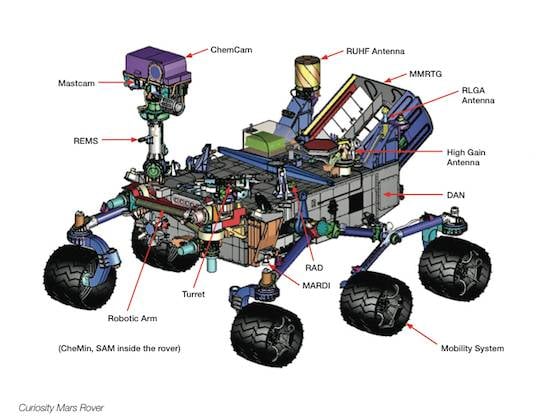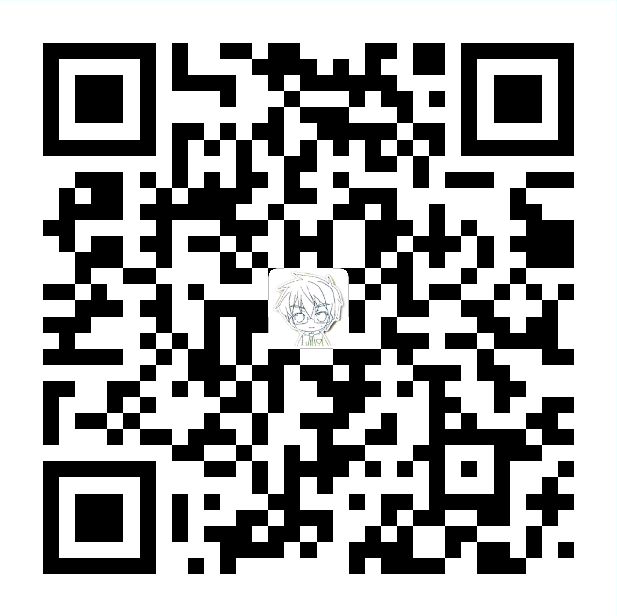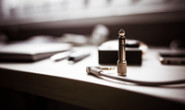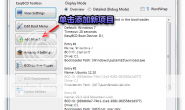来源:engadget.com 作者:Myriam Joire

好奇号(图片来源:theregister.co.uk)
当你的运营商屈尊为你的智能手机提供久等了的OTA空中升级的时候你是否感觉很棒呢?就在这个周末, 8月6号登上火星的美国好奇号(Curiosity)探索机器人将接收它的第一次长距离OTA空中升级 — 从地球一直到火星。此次升级的目标是将两台电脑中多余的着陆用的软件过渡成为地面探索优化过的版本,来实现如驱动,障碍物规避以及机械臂的使用。NASA称这次行动为“大脑移植”并且指出新的软件其实在飞行期间就从地球上传过去了。现在是否有人能够实现人脑的OTA呢?我们倒是真想学学这个功夫(醍醐灌顶?)。以下是新闻报道。
NASA Curiosity Mars Rover Installing Smarts for Driving
PASADENA, Calif. — NASA’s Mars rover Curiosity will spend its first weekend on Mars transitioning to software better suited for tasks ahead, such as driving and using its strong robotic arm.
The rover’s “brain transplant,” which will occur during a series of steps Aug. 10 through Aug. 13, will install a new version of software on both of the rover’s redundant main computers. This software for Mars surface operations was uploaded to the rover’s memory during the Mars Science Laboratory spacecraft’s flight from Earth.
“We designed the mission from the start to be able to upgrade the software as needed for different phases of the mission,” said Ben Cichy of NASA’s Jet Propulsion Laboratory in Pasadena, Calif., chief software engineer for the Mars Science Laboratory mission. “The flight software version Curiosity currently is using was really focused on landing the vehicle. It includes many capabilities we just don’t need any more. It gives us basic capabilities for operating the rover on the surface, but we have planned all along to switch over after landing to a version of flight software that is really optimized for surface operations.”
A key capability in the new version is image processing to check for obstacles. This allows for longer drives by giving the rover more autonomy to identify and avoid potential hazards and drive along a safe path the rover identifies for itself. Other new capabilities facilitate use of the tools at the end of the rover’s robotic arm.
While Curiosity is completing the software transition, the mission’s science team is continuing to analyze images that the rover has taken of its surroundings inside Gale Crater. Researchers are discussing which features in the scene to investigate after a few weeks of initial checkouts and observations to assess equipment on the rover and characteristics of the landing site.
The Mars Science Laboratory spacecraft delivered Curiosity to its target area on Mars at 10:31:45 p.m. PDT on Aug. 5 (1:31:45 a.m. EDT on Aug. 6), which includes the 13.8 minutes needed for confirmation of the touchdown to be radioed to Earth at the speed of light.
Curiosity carries 10 science instruments with a total mass 15 times as large as the science payloads on NASA’s Mars rovers Spirit and Opportunity. Some of the tools, such as a laser-firing instrument for checking rocks’ elemental composition from a distance, are the first of their kind on Mars. Curiosity will use a drill and scoop, which are located at the end of its robotic arm, to gather soil and powdered samples of rock interiors, then sieve and parcel out these samples into the rover’s analytical laboratory instruments.
To handle this science toolkit, Curiosity is twice as long and five times as heavy as Spirit or Opportunity. The Gale Crater landing site at 4.59 degrees south, 137.44 degrees east, places the rover within driving distance of layers of the crater’s interior mountain. Observations from orbit have identified clay and sulfate minerals in the lower layers, indicating a wet history.




